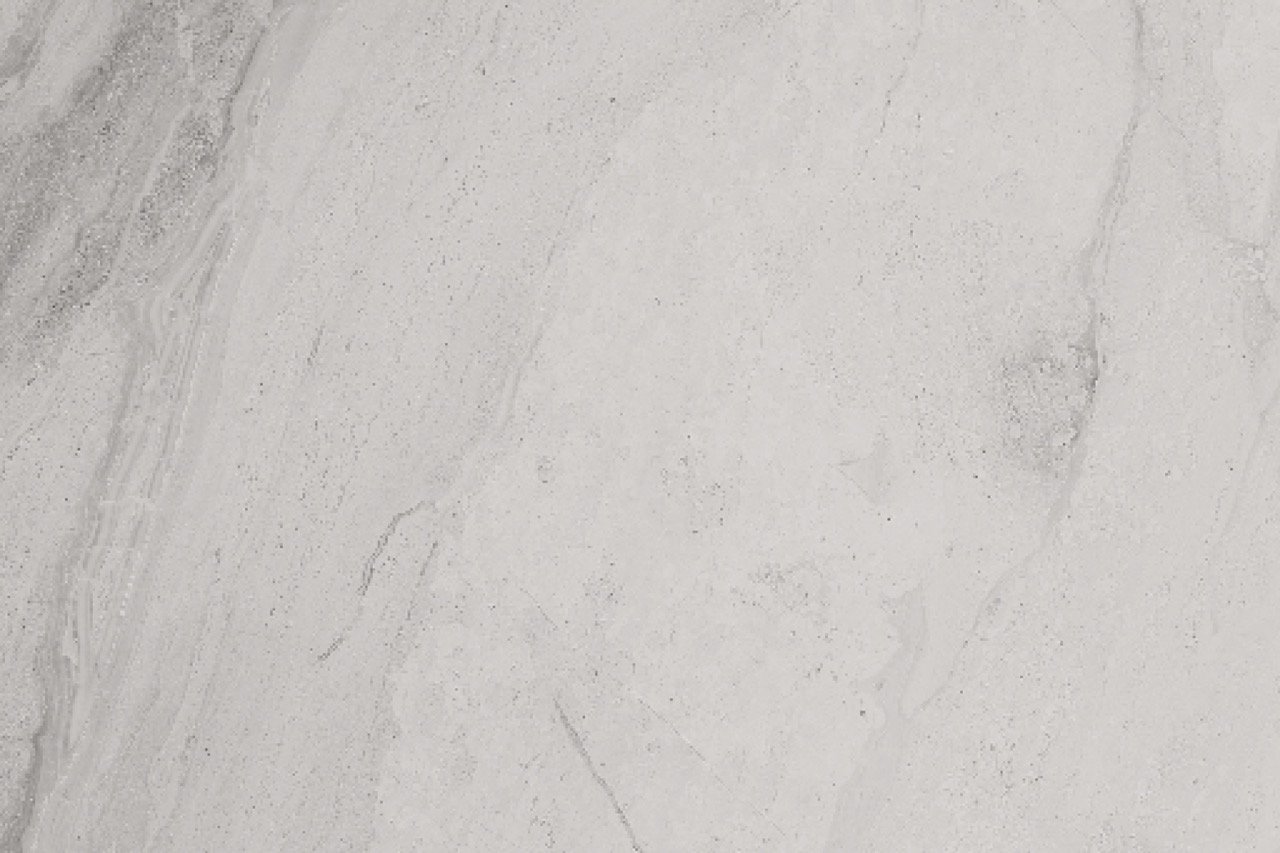
Silky Smooth Body Waxing in San Jose
Wax On, Worry Off!
Welcome to our body waxing haven! We offer a range of services to keep your skin smooth and hair-free, from underarms and arms to back, chest, stomach, lower legs. With our high-quality products and expert techniques, you’ll enjoy a comfortable experience and long-lasting results. Embrace your confidence and feel fabulous with our professional body waxing services!
Your Smoothest Skin Ever with our Body waxing Services
Upper Body
Underarm: $28
Full Arm: $65
Half Arm (Upper): $45
Half Arm (Lower): $47
Hands: $25
Chest: $25
Nipples: $15
Chest Strip: $15
Core
Full Stomach: $40
Lower Stomach: $25
Back
Full Back: $68
Upper Back: $33
Lower Back: $28
Lower Body
Lower Leg: $28
Feet + Toes: $25
*Before you book your appointment, please make sure your hair is about a quarter inch long—this usually means letting it grow for at least 2 1/2 weeks. This length helps us achieve the best results and ensures a more comfortable waxing experience for you!

Smooth Savings:
Double the Wax, Double the Confidence!
Brazilian + Underarm: $96
Brazilian & Hydrojelly + Underarm: $123
Brazilian & Hydrojelly + Eyebrow: $125
Bikini Full & Hydrojelly + Eyebrow: $120
Brazilian + Eyebrow: $98
Brazilian + Eyebrow & Lip: $111
Bikini Full + Eyebrow & Lip: $106
Eyebrow + Underarm: $58
Eyebrow + Lip & Underarm: $71
Hey, honey,
hold on for a second!
Check some important nuggets of information you need to know pre wax

Let us answer some of your
FREQUENTLY ASKED QUESTIONS
-
The best type of wax for hair removal depends on your skin type and the area being treated. Hard wax is ideal for sensitive areas like the bikini line and face, as it adheres to the hair rather than the skin, reducing discomfort. Soft wax is also suitable for the Brazilian area, as well as for larger areas like the legs and arms, because it can be applied thinly to cover more surface area.
-
Most people get waxed every 4 to 6 weeks. The exact timing can vary based on individual hair growth rates and the specific area being waxed. Regular waxing can lead to finer and sparser hair over time.
-
Pain levels vary depending on individual sensitivity and the area being waxed. While there can be some discomfort, especially during the first session, the pain usually decreases with regular waxing as hair becomes finer. Techniques such as deep breathing and taking a pain reliever before the appointment can help manage discomfort.
-
Waxing removes hair from the root, resulting in smoother skin that lasts longer—typically 3 to 6 weeks—compared to shaving, which only cuts hair at the surface and needs to be done more frequently. Waxing also reduces the risk of cuts and can lead to finer, sparser hair regrowth over time.
-
Before waxing, ensure your hair is the appropriate length and exfoliate the area gently a day or two before your appointment to remove dead skin cells. Avoid sun exposure, retinoids, and other skin treatments that can increase sensitivity. On the day of your appointment, cleanse the area thoroughly but avoid applying lotions or oils.
-
After waxing, avoid sun exposure, hot baths, and tight clothing for at least 24 hours to prevent irritation. Keep the area clean and moisturized with a gentle, fragrance-free lotion. Exfoliate lightly after a few days to prevent ingrown hairs, but avoid doing so immediately after waxing.
-
Yes, but it's important to use products formulated for sensitive skin and inform your esthetician so they can take extra care. Hard wax is often recommended for sensitive skin because it is gentler. Conduct a patch test if you're trying a new product to ensure you don't have a reaction.
-
Waxing results typically last between 3 to 6 weeks, depending on your hair growth cycle and the area treated. With regular waxing, you may notice that your hair grows back finer and sparser over time.
-
Common side effects of waxing include temporary redness, irritation, and bumps. In rare cases, waxing can cause ingrown hairs, infections, or allergic reactions. To minimize risks, follow proper aftercare, avoid waxing over broken or inflamed skin, and choose a reputable waxing professional.

